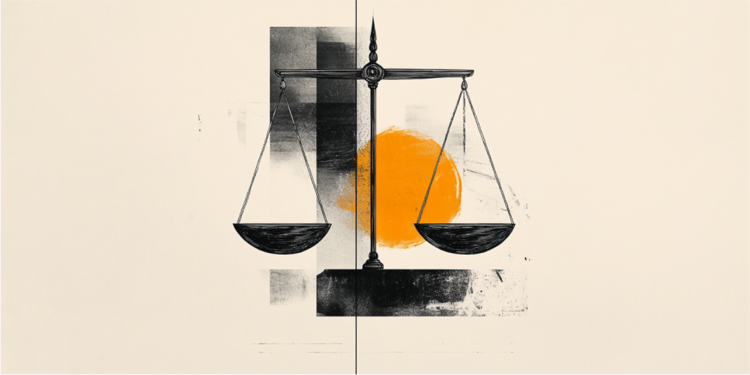Russia said on Tuesday (8) that it still has an emergency hotline with the US and the North Atlantic Treaty Organization (NATO) military alliance to ease crises as nuclear risks increase amid the most intense confrontation. between Moscow and the West since the height of the Cold War.
The two-and-a-half-year-old war in Ukraine is entering what Russian officials say is its most dangerous phase, as Russian forces advance and the U.S. weighs allowing Kiev to strike deep into Russia with Western missiles.
President Vladimir Putin said on September 12 that Western approval for such a move would mean “the direct involvement of NATO countries, the US and European countries in the war in Ukraine.”
Russian Deputy Foreign Minister Alexander Grushko, who oversees relations with Europe and NATO, told state news agency RIA that Moscow realizes the military alliance is increasing the role of nuclear weapons in its strategy.
Russia, Grushko said, was updating its nuclear doctrine to send a signal “so that our opponents will have no illusions about our readiness to ensure the security of the Russian Federation with all available means.”
Putin is changing Russia’s nuclear doctrine to give the country a slightly lower threshold for using such weapons in response to an attack with conventional weapons.
The US considers China its biggest competitor and Russia its biggest threat to the nation-state, while US President Joe Biden argues that this century will be defined by an existential contest between democracies and autocracies.
A so-called hotline between Moscow and Washington was created in 1963 to reduce misperceptions that fueled the Cuban Missile Crisis of 1962 by allowing direct communication between U.S. and Russian leaders.
The U.S.-Russia hotline, now a secure computer communications system, was used during major crises such as the 1967 Six-Day War, the 1979 Soviet invasion of Afghanistan, the September 11, 2001 attacks and after the US invasion of Iraq in 2003.
In addition to the leaders’ hotline, there are also nuclear hotlines between the Pentagon and the Russian Ministry of Defense, which were created during the Cold War to reduce the risk of nuclear war.
After Putin ordered thousands of Russian troops into Ukraine in February 2022, an additional line, called “deconfliction,” was established between the Russian and American militaries to prevent the war from escalating into a US-Russian war. .
Defense Minister Andrei Belousov contacted US Defense Secretary Lloyd Austin in July about suspicions of a Ukrainian plot to attack Russia. The New York Times reported that Austin had received a call from Belousov on July 12 about a planned Ukrainian covert operation against Russia that Moscow believed had the blessing of the United States.
There is also a Russia-NATO hotline, created in 2013, to reduce misunderstandings in crisis situations.
This content was originally published in Russia says it maintains direct communication with NATO and the US to alleviate crises on the CNN Brasil website.
Source: CNN Brasil
Bruce Belcher is a seasoned author with over 5 years of experience in world news. He writes for online news websites and provides in-depth analysis on the world stock market. Bruce is known for his insightful perspectives and commitment to keeping the public informed.







